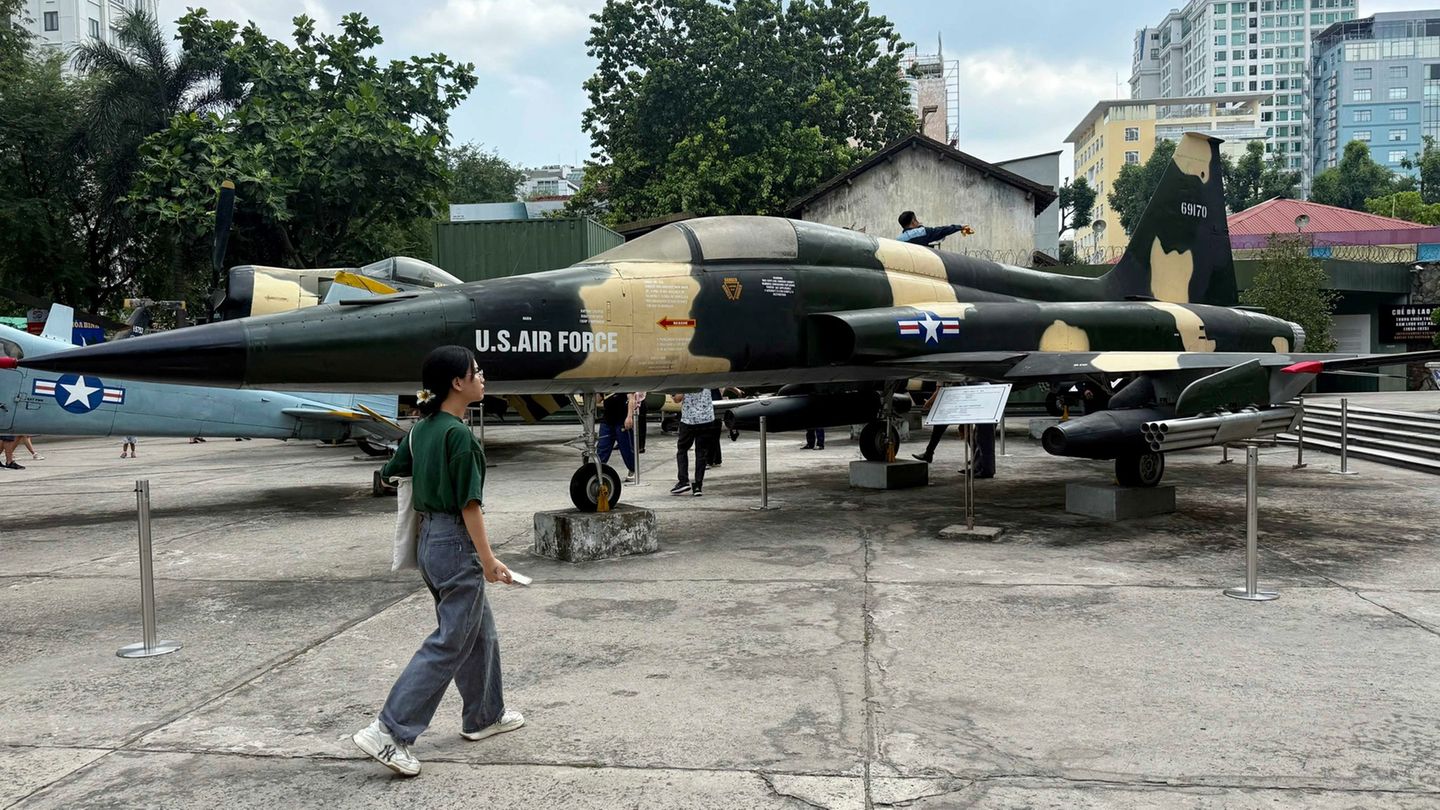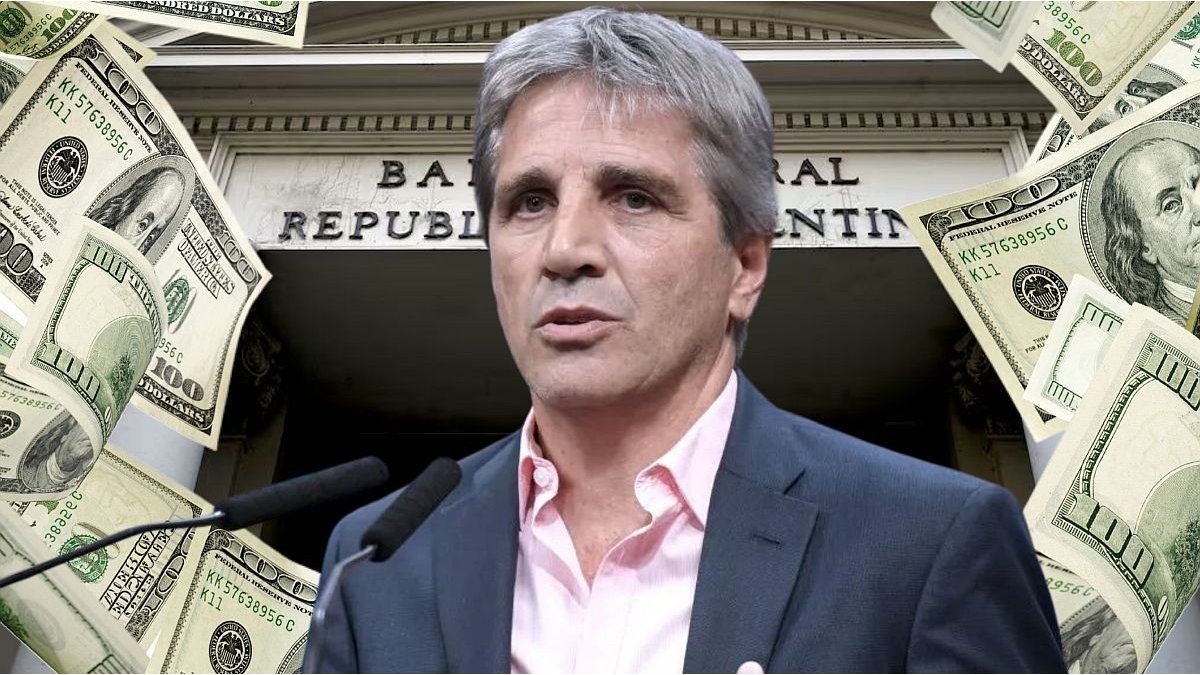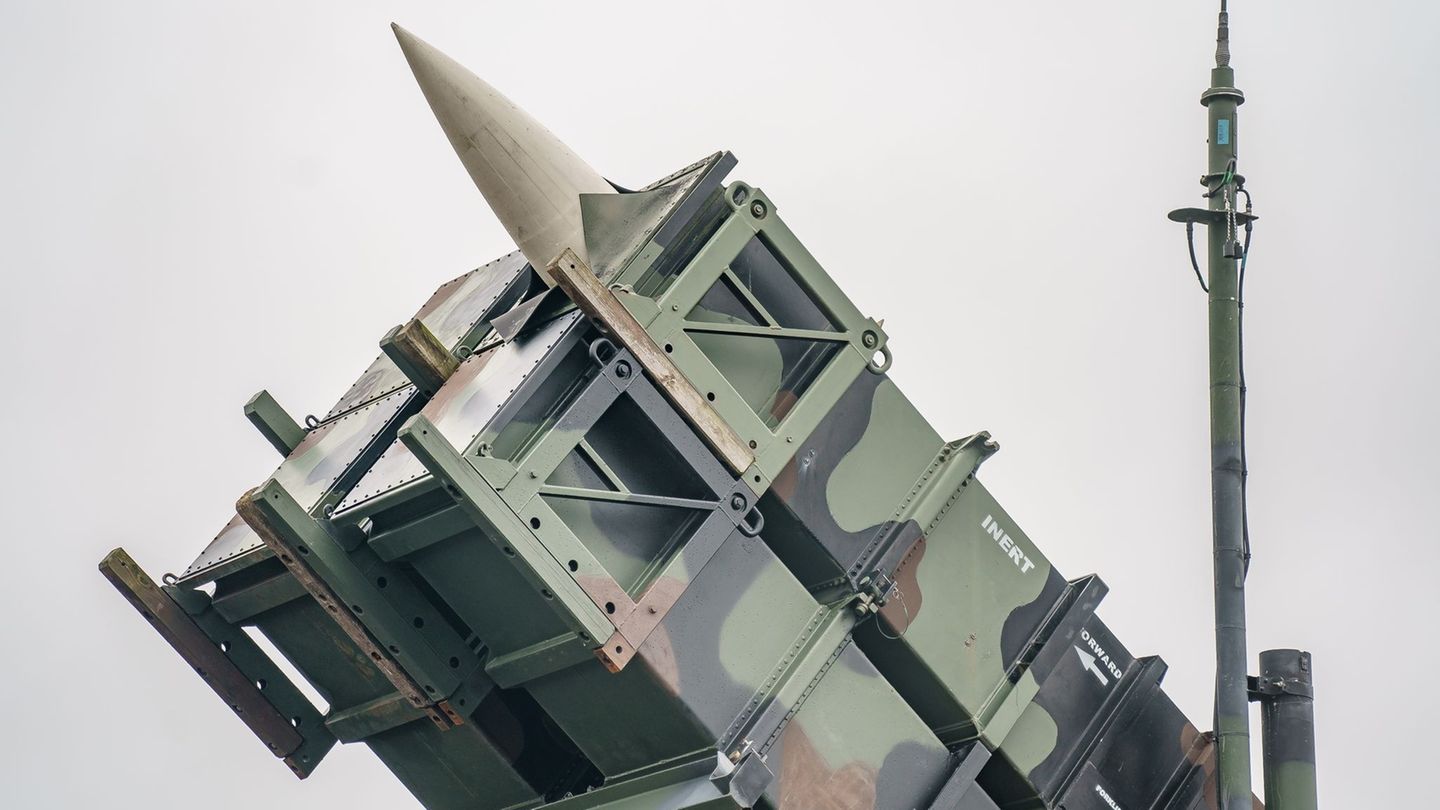50th anniversary
Traces of the Vietnam War from “Agent Orange” to “Hanoi Jane”
Copy the current link
Add to the memorial list
The Vietnam War ended 50 years ago – with a shameful defeat for the United States. What has remained of the cruel conflict that so many films and songs have been devoted to? A search for traces.
The Vietnam War. Most of the word immediately come to mind scenes from US blockbusters such as “Platoon” or “Apocalypse Now”. Khaki -colored military helicopters fly to the sounds of the then protest anthems from Joan Baez to Bob Dylan. Trauma and fear of death, madness and anger – accompanied by the soundtrack of a loud peace movement.
Few events in history have triggered as violent protests as the United States interference into this distant war inferno. This Wednesday the end of the bloody conflict is for the 50th time. On April 30, 1975, North Vietnamese troops marched in the South Vietnamese capital Saigon.
For the country, April 30th also stands for its reunification. On the anniversary, the government is planning huge celebrations, including the military parade. Some Americans who are still plague to today have come – including soldiers and activists. “At that time I was a peace activist and was sitting in prison in my home country,” says Bill from the US state of Florida. He has tears in his eyes when he says: “It was very important to me to come to Vietnam on the anniversary to have my honor here.”
What was the war about?
The history of this bloody jungle war is complex and complicated. He began shortly after the independence of the long -standing colonial power of France and lasted for almost 20 years, from 1955 to 1975. Since the mid -1960s, the United States has mixed the United States and supported South Vietnamese troops in trying to prevent communism in Southeast Asia. In Vietnam, the bloody conflict is called “The American War” (“The American War”).
The North Vietnamese acted under the name “National Front for the liberation of South Vietnam” – for short “Vietcong”. They were supported by the then Soviet Union. Her leader was Ho Chi Minh, lovingly called “Uncle Ho”, who is still worshiped like a saint in the communist Vietnam. Saigon has been officially Ho-Chi-Minh-Stadt since the end of the war.
Caseless defeat for the USA
When the United States retired from war in 1973, they had lost the first major military defeat in its history and lost 58,000 soldiers. Despite the use of horrific weapons such as the fire fighting material Napalm and “Agent Orange” – a high -toxic defolance agent – the GI ultimately had no chance against the sophisticated guerrilla tactics of the Vietcong.
To this day, the victorious communists rule. They keep the memory of the war, which, according to estimates, cost two to five million Vietnamese life, further alive – also for tourists. An overview:
Tears in the war museum
Remnant’s museum in Ho Chi Minh City was not only fighting jets and tanks, but also Hui. The 56-year-old is both lacking arms and one leg. He is blind in one eye. “I was eight years old when I stepped out of war on a mine in the central highlands,” he says. He cannot work, he sells books in front of the museum and tells tourists his life story – over and over again.
Inside, the “Agent Orange” chemical monkey is devoted to an entire room. The photos of generations of deformed Vietnamese and the explanations of tumors and the explanations about what the poison of the Americans has done are almost too bad to endure them. Many visitors break out in tears here.
Other photos have also burned into the collective memory. The most famous is perhaps that of the AP photographer Nick Ut, who held the moment in 1972 when a little girl tore off the burning clothes after a Napalm attack. UT helped the nine -year -old and took her to the hospital.
Phan Thi Kim Phuc, known as “Napalm Girl”, still suffers from the severe burns. UTS photo of her, which made headlines worldwide, won the Pulitzer Prize in 1973. “50 years after this fateful day, the two are still in regular contact-and use their history to spread a message of peace,” said the US broadcaster CNN 2022.
The tunnels of Cu Chi, a legendary, more than 200 kilometer-long tunnel system, which contributed to the Vietcong’s victory over the US troops, are two hours away from Ho Chi Minh City. Today a tourist attraction, the claustrophobic tunnels were once much more than just underground secret courses: on three levels there were residential units, kitchens, schools, hospital and command centers.
Not only male Vietcong fighters lived in the tunnels, but also many women and children who were also used against the enemy. This shows the movie “Dia Dao” (German title: “Tunnel in the Dark”) of the director Bui Thac Chuyen, which was published specifically on the 50th anniversary. The epic is currently breaking treasurer in Vietnam.
If you want to live up close, you can’t avoid two hotels in Vietnam. During the war, not only many reporters and messages came under in the Sofitel Legend Metropolis Hanoi in the northern capital Hanoi, but also prominent US peace activists such as actress Jane Fonda (87).
In 1972 she caused a scandal when she had a ride in Nordvietnam on a cannon of the Vietcong fighters. Since then she has been the “Hanoi Jane”. Just like the folk singer Joan Baez (84), the Hollywood star had to bring himself to safety in a hail of bombing in the hotel bunker, as the hotel’s historian Nguyen Phuyen tung told.
In the Continental, on the other hand, visitors can stay in the room in which the British writer Graham Greene once wrote his famous Vietnam novel “The Still American”. The hotel also occurs prominently in the 2002 film of the same name with Michael Caine in the leading role.
Waiter in Vietcong Kluft
Vietnam has its own large café chain: Cong Caphe. The trademarks are a Khaki-green outer paint and waiter in Vietcong gap. “We want to honor the soldiers from that time who fought for our country,” says the employee Duc Anh Lee. Behind the tables are utensils from war days, camouflage helmets adorn the walls.
For the young Vietnamese who sip hip coffee creations, the scenario is part of everyday life. The war is still omnipresent – even if it is only told in Vietnam from the perspective of the communist winner.
dpa
Source: Stern
I have been working in the news industry for over 6 years, first as a reporter and now as an editor. I have covered politics extensively, and my work has appeared in major newspapers and online news outlets around the world. In addition to my writing, I also contribute regularly to 24 Hours World.




